Pigments Gums & Resins

-
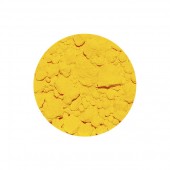
Chrome Yellow Middle Pigment
Starting at: £10.00
Call to Order
-
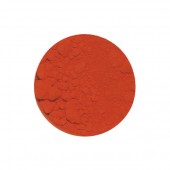
Chrome Yellow Orange Pigment
Starting at: £14.00
Call to Order
-
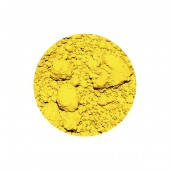
Cobalt Yellow Pigment
Starting at: £8.80
-
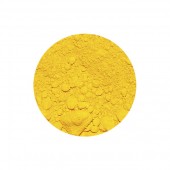
Tartrazine Yellow Pigment
Starting at: £4.50
-
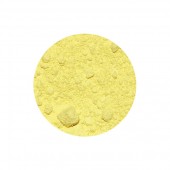
Lemon Yellow Pigment
Starting at: £7.00
Call to Order
-
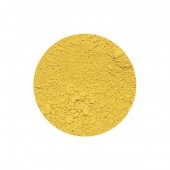
Naples Yellow Dark Pigment
Starting at: £7.40
Call to Order
-
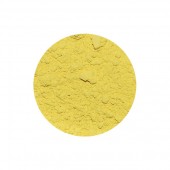
Naples Yellow Light Pigment
Starting at: £7.40
Call to Order
-
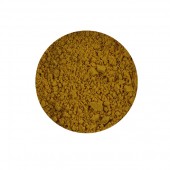
Stil de Grain
Starting at: £12.20
-
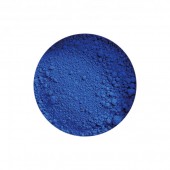
Azure Blue Pigment
Starting at: £12.00
-

Cadmium Green Pigment
Starting at: £4.50
-
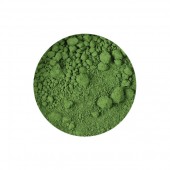
Chromium Oxide Pigment
Starting at: £4.50
-
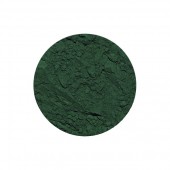
Cobalt Green Deep Pigment
Starting at: £9.20
-
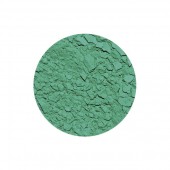
Cobalt Green Light Pigment
Starting at: £8.70
-
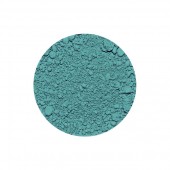
Cobalt Turquoise Pigment
Starting at: £15.00
-
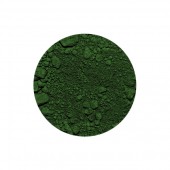
Phthalo Green Pigment
Starting at: £8.10
-
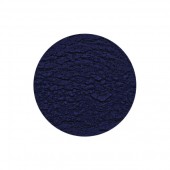
Phthalo Turquoise Pigment
Starting at: £17.00
-
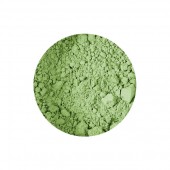
Terre Verte Pigment
Starting at: £4.00
-

Cerulean Blue Pigment
Starting at: £14.50
-
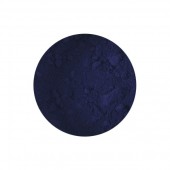
Indigo Blue Synthetic Pigment
Starting at: £5.50
-
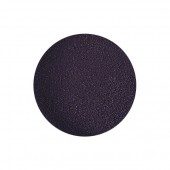
Indigo Blue Genuine Pigment
Starting at: £8.00
-
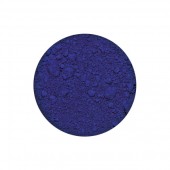
Oriental Blue Pigment
Starting at: £5.40
-
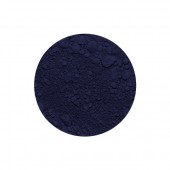
Phthalo Blue Pigment
Starting at: £8.00
-
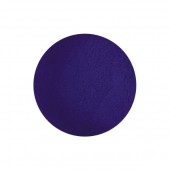
Prussian Blue Pigment
Starting at: £5.20
-
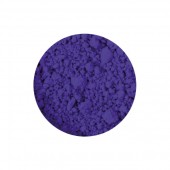
Ultramarine Blue Dark Pigment
Starting at: £4.00
-
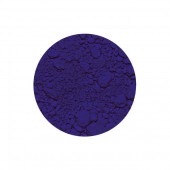
Ultramarine Blue Light Pigment
Starting at: £6.00
-
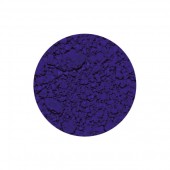
Ultramarine Blue Limewash Pigment
Starting at: £6.30
-
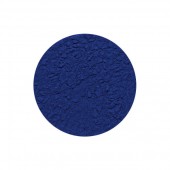
Ultramarine PB29 Pigment
Starting at: £9.10
-
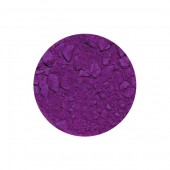
Cobalt Violet Dark Pigment
Starting at: £14.00
-
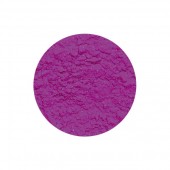
Cobalt Violet Light Pigment
Starting at: £10.00
-
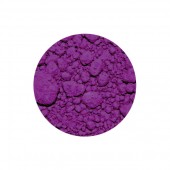
Manganese Violet Pigment
Starting at: £8.50





